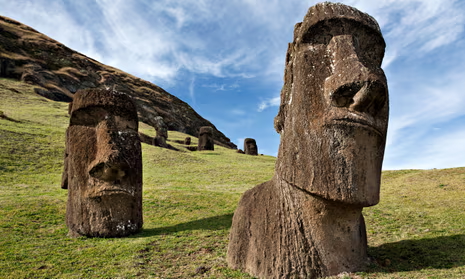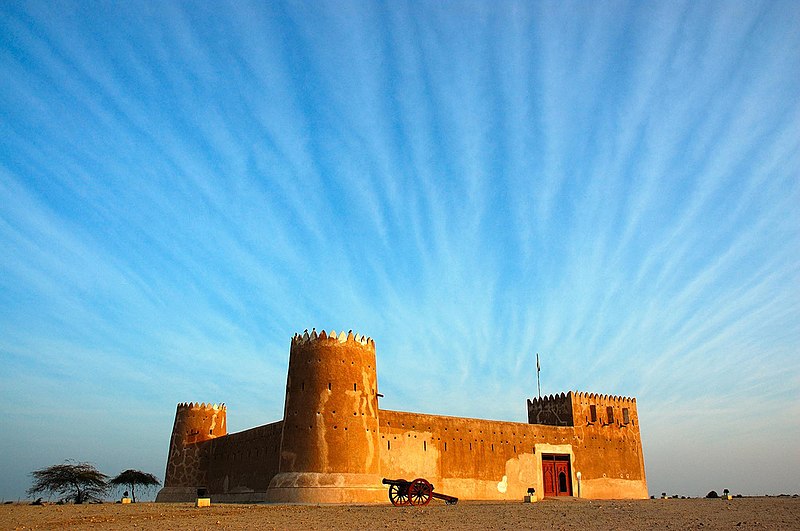
Symbolism and Significance: Easter Island’s Moai
mikephilipsforcongress.com – Easter Island, known as Rapa Nui to its indigenous inhabitants, is renowned for its enigmatic Moai statues. These massive stone figures, carved by the Rapa Nui people, are not only impressive works of art but also hold profound cultural and religious significance. This article delves into the symbolism and importance of the Moai statues, exploring their role in the island’s history and the lives of its people.
The Moai Statues: A Brief Overview
The Moai statues are monolithic human figures carved from volcanic rock. They range in height from 6 to 33 feet and are scattered across the island, with about 1,000 statues in total. These statues are believed to represent important figures or ancestors of the Rapa Nui people, serving as a link between the past, present, and future.
Symbolism of the Moai
Ancestral Representation
One of the primary symbols of the Moai is their representation of ancestors. The Rapa Nui people believed that these statues embodied the spirits of their deceased ancestors, acting as a bridge between the living and the dead. This connection was crucial for maintaining social order and the island’s cosmological view.
Power and Status
The Moai also symbolize power, status, and honor. The larger and more intricately carved statues often represented higher-ranking individuals within the Rapa Nui society. These statues were a testament to the wealth and influence of their families, serving as a form of social and political expression.
Religious Significance
The Moai played a significant role in the religious practices of the Rapa Nui people. They were believed to possess spiritual power and were often placed on ceremonial platforms called ahu. These platforms were sites of worship and rituals, reinforcing the statues’ role in the island’s religious life.
Cultural Significance
Maintaining Social Order
The Moai statues were instrumental in maintaining social order on Easter Island. They were seen as protectors of the living, ensuring the well-being of the community and the fertility of the land. This belief system helped to stabilize the society and provided a sense of continuity and security.
Artistic Expression
The Moai are also a remarkable expression of Rapa Nui sculptural art. The craftsmanship and creativity displayed in these statues are a testament to the artistic skills of the Rapa Nui people. Each statue is unique, reflecting the individuality and cultural heritage of the island.
Conclusion
The Moai statues of Easter Island are more than just ancient artifacts; they are a profound expression of the Rapa Nui people’s culture, religion, and history. These statues symbolize the connection between the living and the dead, the embodiment of power and status, and the spiritual essence of the island’s inhabitants. Their significance extends beyond their physical presence, serving as a reminder of the rich cultural heritage of Easter Island.


